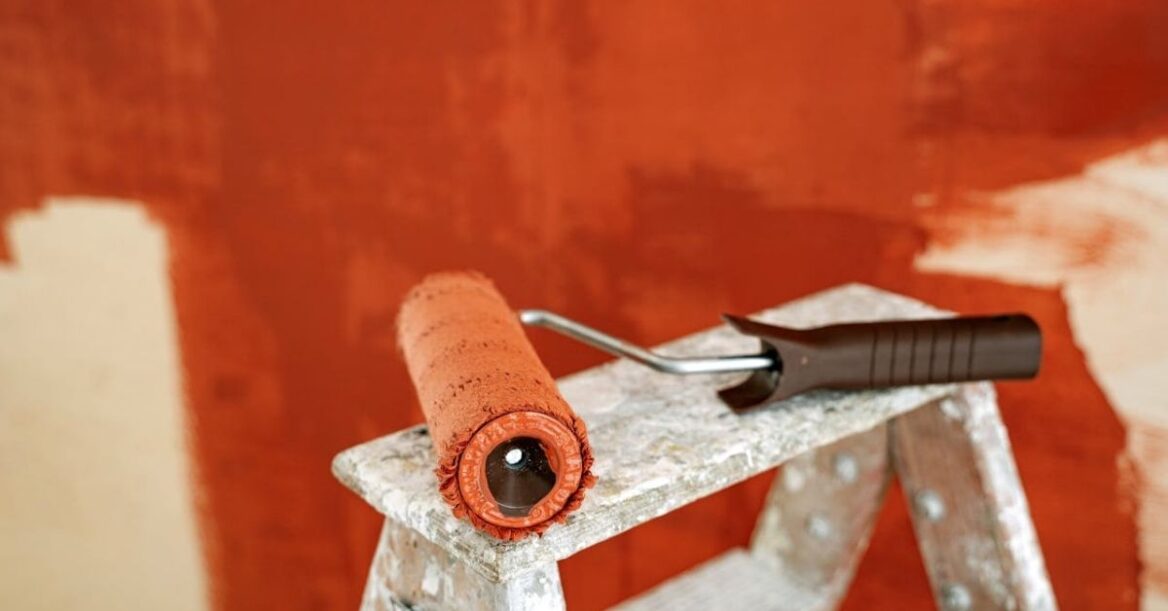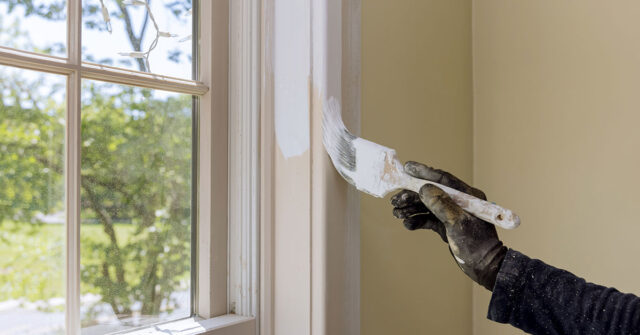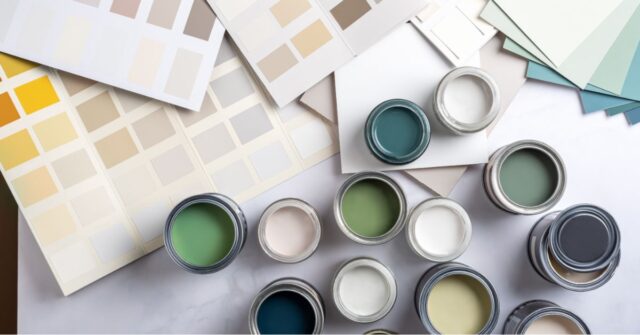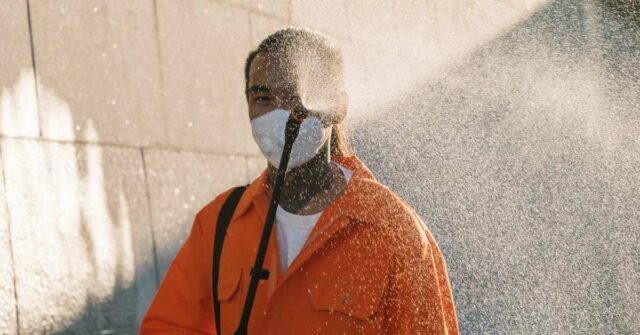Painting your home isn’t just a weekend project – it’s a key part of maintaining its condition and value.
Whether it’s a fresh coat on the lounge walls or a full exterior revamp, knowing how often to repaint can save you from costly repairs down the track.
Let’s break it down in plain English so you know when to grab that paintbrush – or better yet, when to call in the pros.
Why Repainting Matters: More Than Just Aesthetic Appeal
Sure, a new coat of paint can make your home look fresh and stylish. But the real benefit goes deeper. Paint acts as a barrier against rain, sun, and insects.
It helps prevent rot in timber and keeps mould and mildew at bay. Regular painting can also increase the lifespan of your walls and reduce your long-term maintenance costs.
Think of it as sunscreen for your house – skip it, and you’ll pay the price.
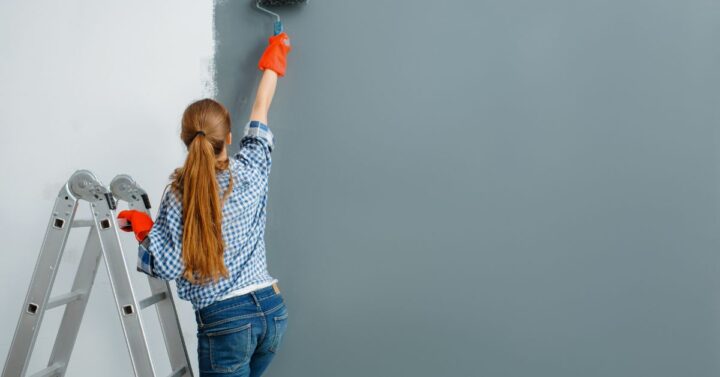

How Often Should You Paint the Exterior of Your House?
Australia’s climate can be tough on exteriors. From coastal salt spray to the baking inland sun, each home faces different conditions.
That’s why repainting timelines vary, but a general rule is every 5 to 10 years. For homes near the ocean or in high-UV zones, you may need to repaint sooner.
General Guidelines Based on Material
- Timber and Weatherboard: Every 3–7 years, depending on exposure.
- Brick (Painted): Every 10–20 years, though regular checks are wise.
- Render or Stucco: Every 5–10 years, especially if exposed to the elements.
- Metal Cladding: Every 5–10 years, depending on coating and location.
Climate and Environmental Factors
Living by the coast? Your paint might not last as long. Salt, wind, and sun speed up wear. Also, inland homes deal with dust and heat, which also degrade paint.
Urban areas may experience pollution that discolours paint more quickly. Local climate plays a massive role – so think like a local, not like a textbook.
Signs It’s Time to Repaint the Exterior
- Paint is fading or chalky to the touch
- Blistering or peeling patches
- Wood shows signs of cracking or water damage
- You spot mould or mildew on the surface
Trust your eyes. If your home looks tired, it probably is.
How Often Should You Paint the Interior of Your House?
Unlike the outdoors, interior paint isn’t battling the weather. Still, it takes hits from everyday life – kids, pets, cooking splatter, and the occasional indoor cricket game.
Paint jobs inside usually last longer, but some rooms need more frequent touch-ups.
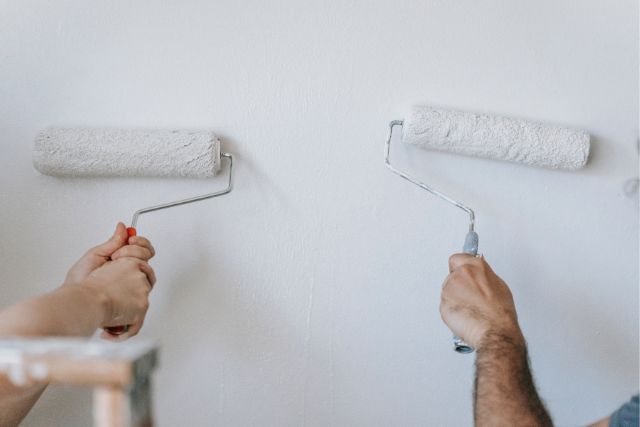

Room-by-Room Repainting Frequency
- Hallways and Corridors: Every 2–3 years due to high foot traffic.
- Living Rooms and Bedrooms: Every 5–7 years, unless style trends change sooner.
- Kitchens and Bathrooms: Every 3–4 years, thanks to moisture and steam.
- Ceilings: Every 7–10 years, unless there’s a leak or staining.
Impact of Daily Use and Traffic
Kids with crayons, dogs with wagging tails, and guests who lean on walls – all contribute to wear. Busy households usually need more frequent repainting.
High-traffic zones tend to show scuffs, marks, and chips first. Think of them as your home’s “battle scars.”
Visual Cues That Indicate Repainting Is Needed
- Walls look dirty even after cleaning
- Paint is flaking or bubbling
- Water damage or stains are visible
- You’re bored of the colour – hey, it happens
Factors That Affect Paint Longevity
How long paint lasts depends on more than just luck. These core factors determine whether your walls age gracefully or fall apart fast.
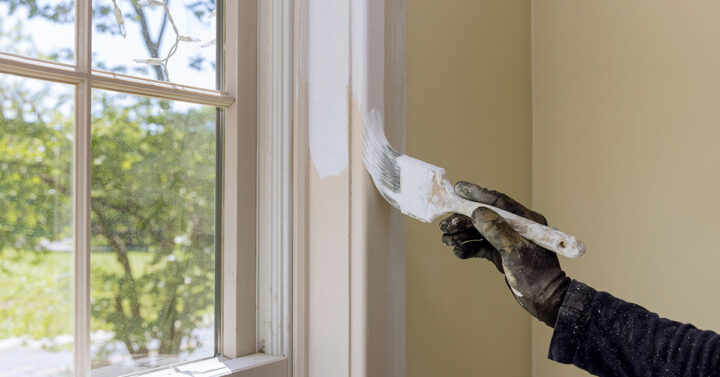

Type of Surface Material
Some materials hold paint better than others. Timber swells and shrinks, which stresses paint. Brick can soak up moisture unless sealed. Even Gyprock plays a part indoors, especially if not primed properly.
Paint Quality and Finish
Cheap paint is a false economy. It fades faster and doesn’t resist marks well. Higher-quality paints last longer, offer better coverage, and resist peeling.
Glossy finishes often hold up better in humid rooms, while matte finishes suit bedrooms and lounges.
Application Techniques and Preparation
You could have the best paint in Australia, but if it’s slapped on without proper prep, it’ll fail. Surfaces need to be clean, dry, and primed. Sanding and patching aren’t optional – they’re essential for longevity.
Exposure to Sunlight, Moisture, and Wear
UV rays break down paint over time. So does moisture, which leads to mould and bubbling. In busy areas, wear from furniture, hands, and pets takes its toll.
These stressors combine to shorten paint life, especially outside.
Exterior Surfaces: Material-Specific Timelines
Different cladding materials age at different rates. Let’s take a closer look at each type.


Timber and Weatherboard
These need the most attention. Expect to repaint every 3 to 7 years. Sanding and sealing help, but regular inspections are key. If it looks dry or flaky, it’s time.
Brick and Rendered Walls
Painted brick can last a long time – up to 20 years in some cases. Render can be trickier, especially in damp areas. It may need repainting every 5–10 years. Cracks or dark patches are red flags.
Metal and Vinyl Cladding
These materials generally last longer, with repainting needed around the 10-year mark. Look for rust stains or chalky residue. Repainting is easier when issues are caught early.
Interior Surfaces: Area-Specific Timelines
Let’s face it – some rooms age faster than others. Here’s what to expect, and when to call it quits on that old colour scheme.
Living Rooms and Bedrooms
These areas can go 5–7 years between coats. If you have kids or pets, maybe trim that to 4. Darker colours fade faster, too, so that moody blue might not age as gracefully as white.
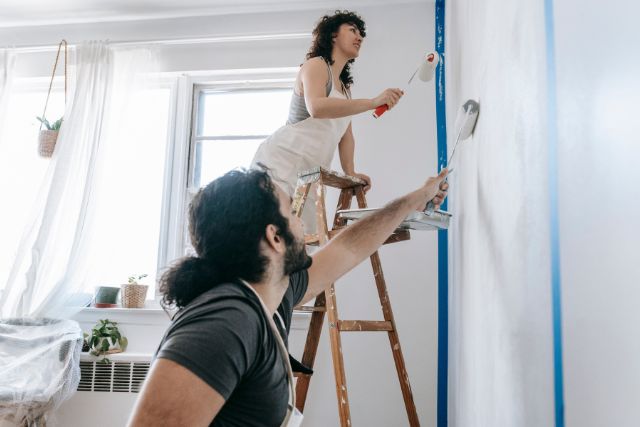

Hallways and Corridors
They’re like the highways of your house. Scuffs, handprints, and bumps add up fast. Repaint every 2–3 years to keep them fresh and inviting.
Kitchens, Bathrooms, and Laundries
Moisture is the enemy. Steam, grease, and cleaning chemicals all shorten paint life. Aim for a refresh every 3–4 years, or sooner if mould becomes a problem.
Ceilings, Doors, and Trims
Ceilings can hold their look for up to a decade unless stained. Doors and trims wear out quicker – think every 3–5 years, especially if you have a busy household.
How Australian Conditions Influence Repainting Cycles
One size doesn’t fit all in a country as vast as Australia. Local conditions make a big difference in how paint performs.
Coastal vs. Inland Regions
Coastal homes battle salt, humidity, and wind. These elements can break down paint quicker, especially on timber. Inland homes face heat and dust, which dry out paint and promote cracking.


Tropical, Temperate, and Arid Zones
- Tropical: High humidity and rain – watch for mould and swelling paint.
- Temperate: Moderate conditions mean longer-lasting paint.
- Arid: Extreme sun can bleach paint and make it brittle.
Always choose paint rated for your local climate.
Tips to Extend the Life of Your Paint Job
You don’t need to repaint every few years if you look after your walls. A little effort goes a long way.
Regular Cleaning and Maintenance
Dust and dirt wear paint down. Wipe surfaces with a damp cloth now and then. For exteriors, a gentle pressure wash once a year helps keep paint in good shape.
Using the Right Paint for the Job
Exterior paint for the outside. Moisture-resistant paint for bathrooms. Tough enamel for trims. Pick what works for the space, not just what’s on sale.
Scheduling Preventative Touch-Ups
Notice a chip? Fix it quickly. Small patches are easy to cover and prevent bigger problems. Keep leftover paint for this exact reason – it’s a small habit that can save hundreds down the road.
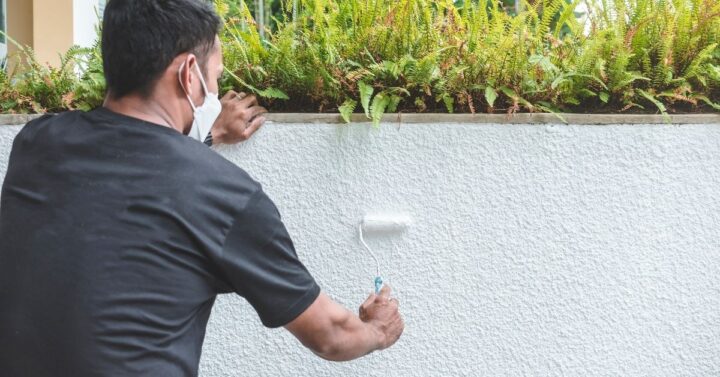

DIY vs. Hiring a Professional Painter
Some jobs are fine for DIY. Others? Not so much. Know your limits – and your ladder height tolerance.
When DIY Is Feasible
- Touch-ups in a bedroom or hallway
- Painting small interior areas
- If you’ve got the gear and know-how
Just remember: prep takes longer than painting. Don’t skip it, or you’ll regret it.
When to Call in the Experts
- Exterior jobs, especially two-storey homes
- High ceilings or tricky corners
- When you want a clean, lasting finish
Professionals have the tools, training, and time. Sometimes, that’s worth every cent.
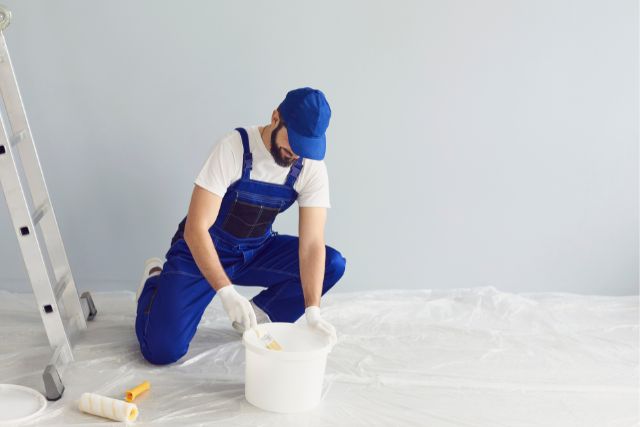

Conclusion: Know When to Paint to Protect and Beautify Your Home
Painting your house isn’t just about picking colours – it’s about protecting your biggest investment. With the right knowledge, you can stay ahead of peeling paint and expensive damage.
Whether you do it yourself or get help, a well-timed paint job keeps your home looking sharp and standing strong. After all, paint is the first thing people see – and the first line of defence for your home.

